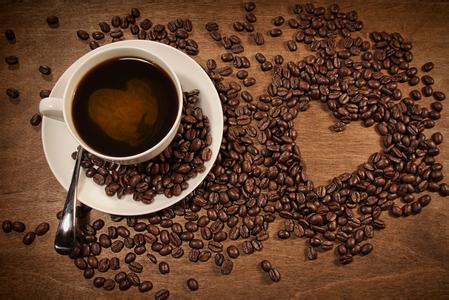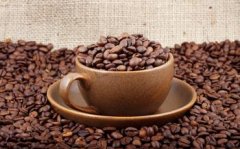The truth that ordinary coffee makers don't want to tell.
The basic ingredients of a good cup of coffee are freshly roasted beans.

Once the coffee beans are roasted, the extremely important acidic fat and volatile fat in the coffee beans will change chemically once they come into contact with the air. The esters and aldolases in the aromatic compounds of coffee are the most volatile, which will worsen the taste of coffee. Not only is the volatile loss of aromatic substances, the oxygen in the air will also oxidize aromatic components, especially the oxidation of fat, resulting in the smell of decay.
Freshly roasted coffee beans usually have a life cycle of up to two weeks, and the aroma of coffee is easy to emit. Even in a coffee bag packed with an one-way exhaust valve, carbon dioxide from cooked beans can be discharged from the valve while outside air cannot enter, which is considered to be the best way to preserve it, which can be extended for up to a month. Because the coffee releases a lot of carbon dioxide within a month after it comes out of the oven, once the emission is finished, the flavor begins to decay and the one-way discharge valve cannot stop it.
Now it is all large-scale commercial baking, from the bean baker to the trader, then to the retailer (cafe), and then to your hand, I don't know when it is!
Sometimes you buy coffee powder directly for convenience. As soon as the coffee bean is ground into powder, the surface area of the coffee bean in contact with the air is several times higher than that of the original bean, and the decline rate of the coffee bean increases. What you buy and drink may only be the "mummy" of the coffee bean!
Bloggers sometimes see some cafes put the returned beans in glass jars for window display, and often bring them out to the guests speechless! The basic principle of keeping coffee beans fresh is to find ways to block oxygen, moisture, heat and sunlight. It is better to go to this kind of coffee shop less.
Important Notice :
前街咖啡 FrontStreet Coffee has moved to new addredd:
FrontStreet Coffee Address: 315,Donghua East Road,GuangZhou
Tel:020 38364473
- Prev

Common sense of coffee beans A few tips on buying coffee beans
When buying coffee beans, it is best to communicate these questions with the shop assistant: 1. What kind of coffee utensils are used to make coffee? It's best to tell the clerk what kind of coffee brewing method you use. In this way, the shop assistant can recommend suitable coffee beans for you. In addition, you may also be able to share your experience with the shop assistant. two。 I like the taste of coffee.
- Next

Production and processing of coffee beans
Coffee beans are stripped of skin, pulp, rind and silver before they are shipped to the market. There are two methods: drying (also known as natural method or non-washing) and washing. Drying method: The method is relatively simple. First, the newly harvested fruit is widely distributed in the sun field for one or two weeks until the fruit makes a cracking sound. After natural drying, the dried pulp is removed with a hulling machine.
Related
- Beginners will see the "Coffee pull flower" guide!
- What is the difference between ice blog purified milk and ordinary milk coffee?
- Why is the Philippines the largest producer of crops in Liberia?
- For coffee extraction, should the fine powder be retained?
- How does extracted espresso fill pressed powder? How much strength does it take to press the powder?
- How to make jasmine cold extract coffee? Is the jasmine + latte good?
- Will this little toy really make the coffee taste better? How does Lily Drip affect coffee extraction?
- Will the action of slapping the filter cup also affect coffee extraction?
- What's the difference between powder-to-water ratio and powder-to-liquid ratio?
- What is the Ethiopian local species? What does it have to do with Heirloom native species?

